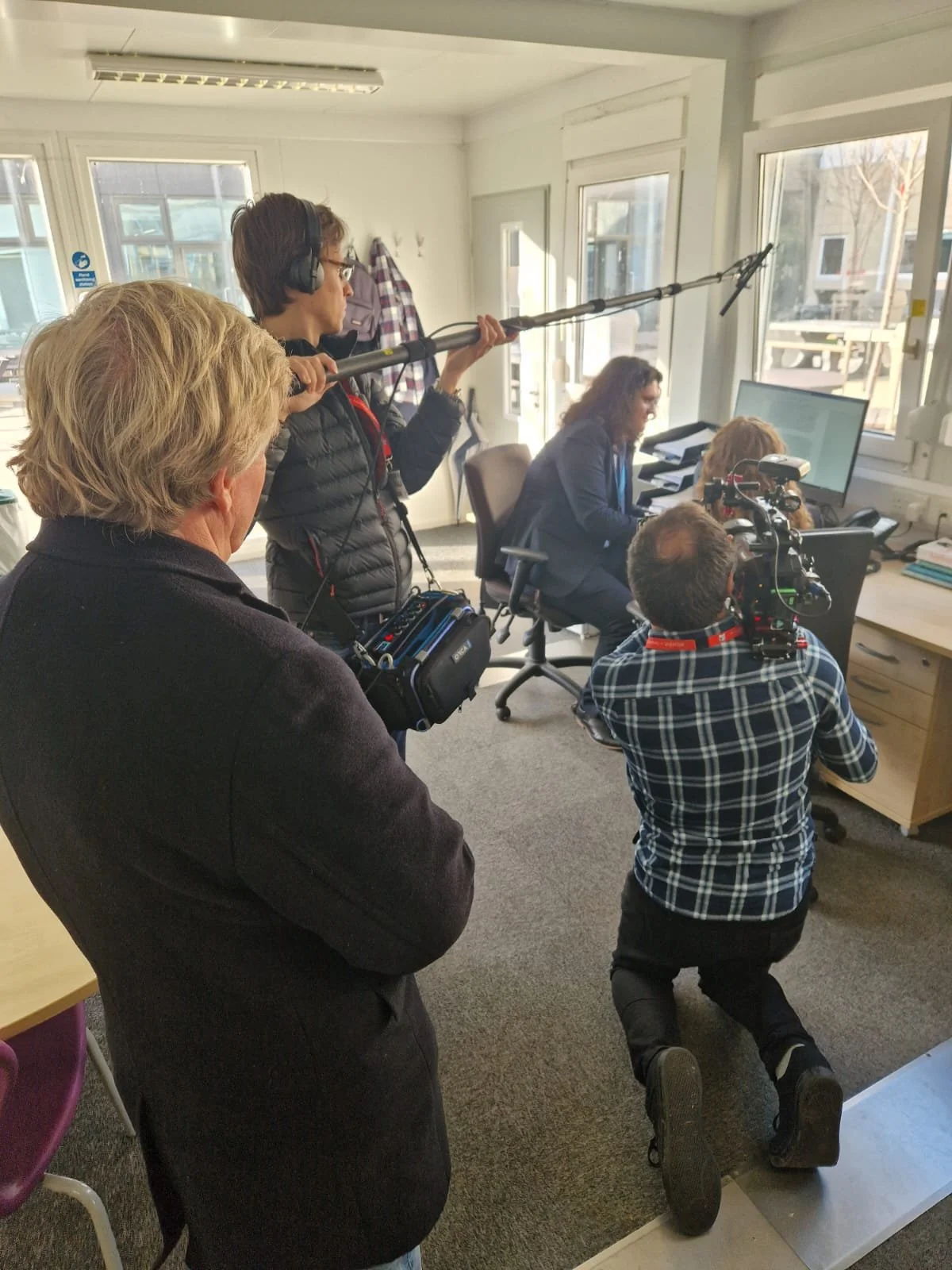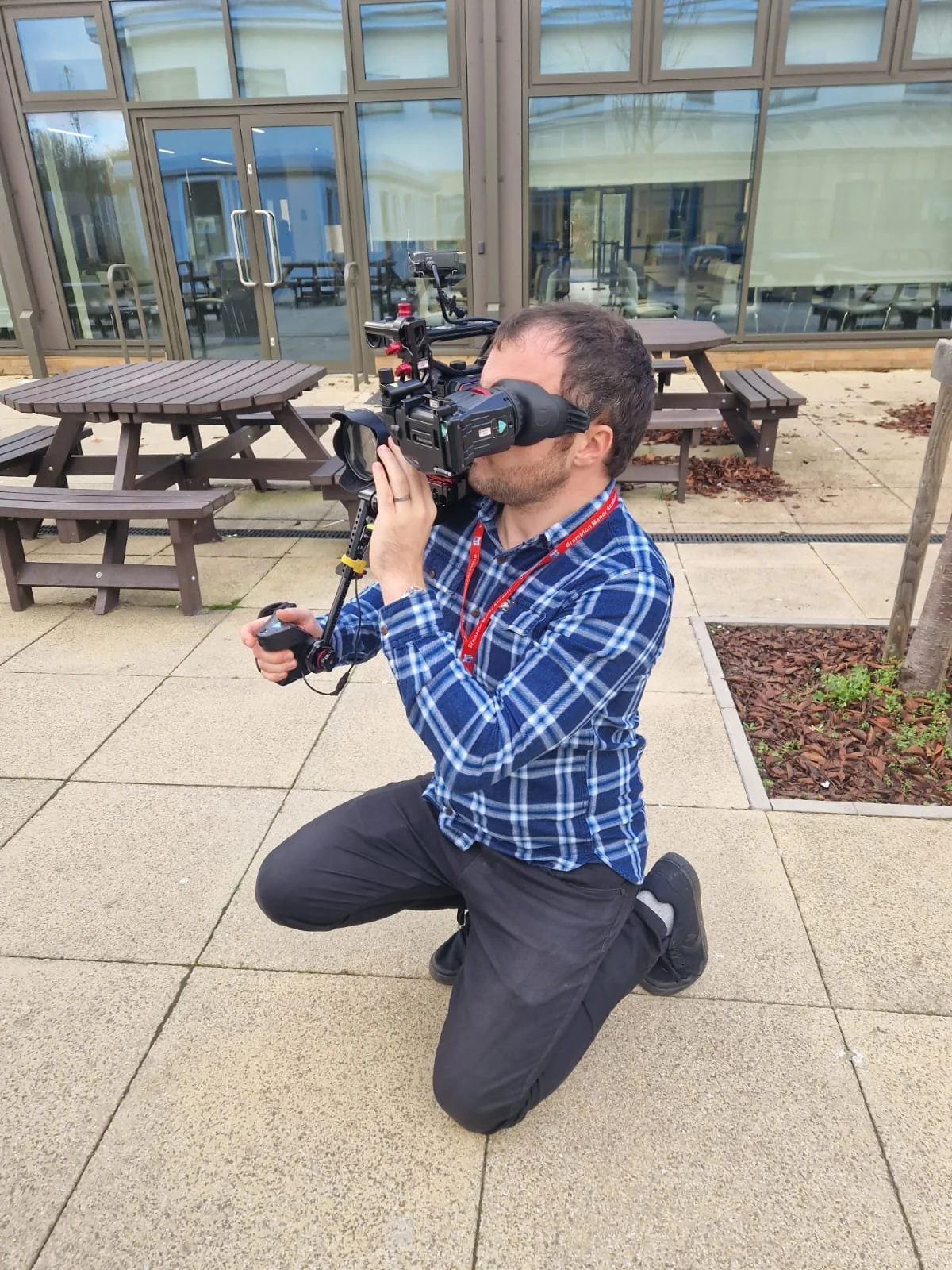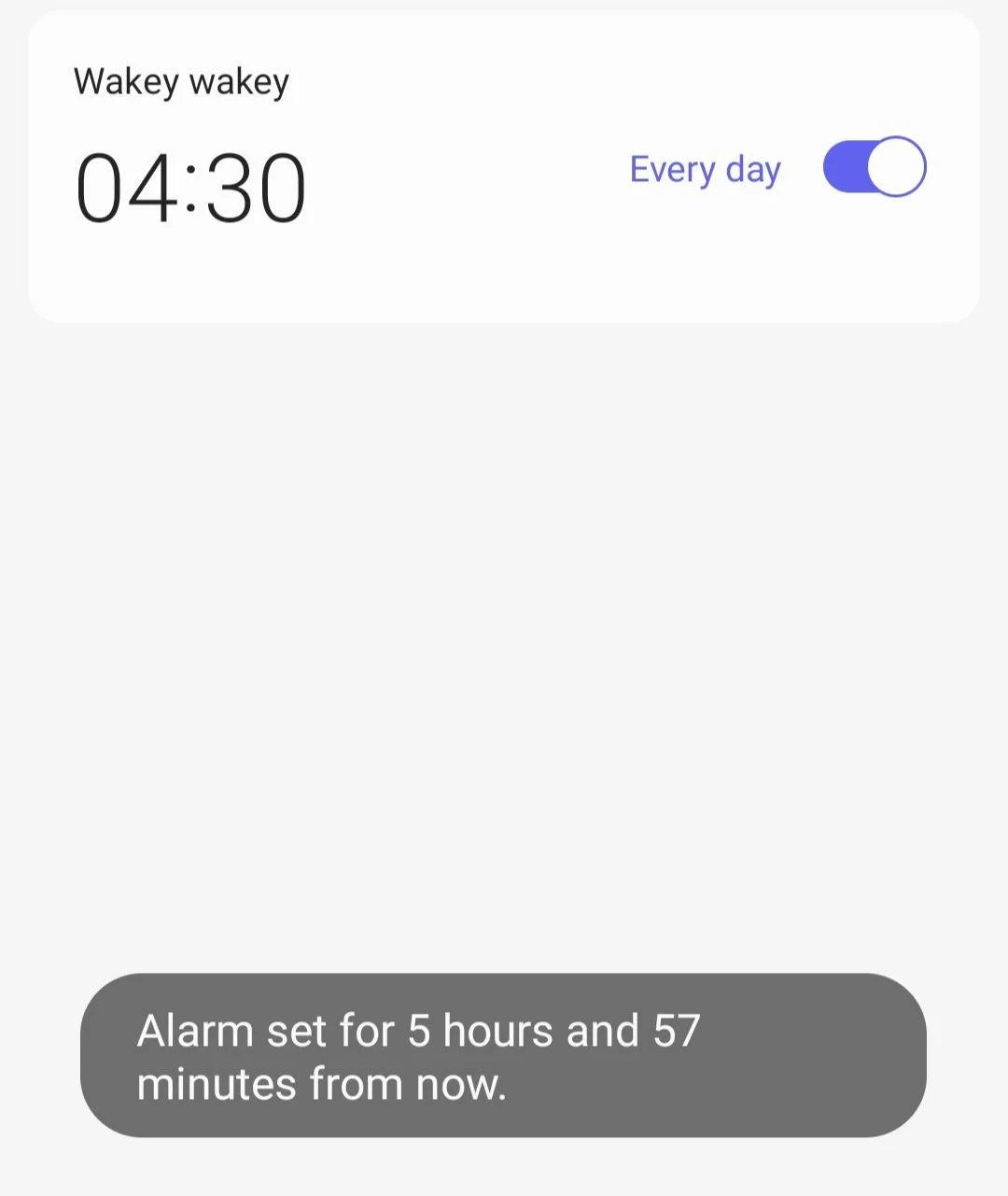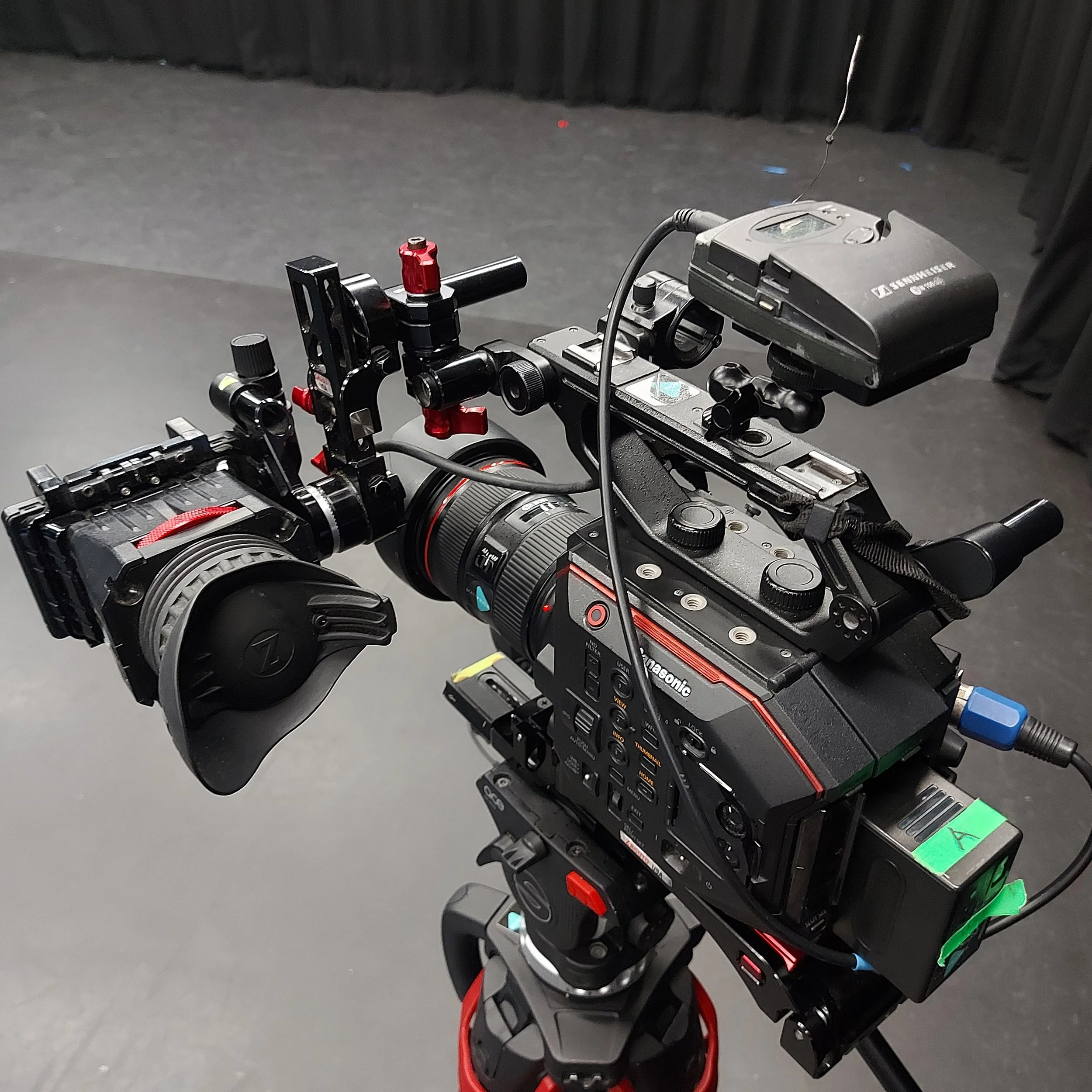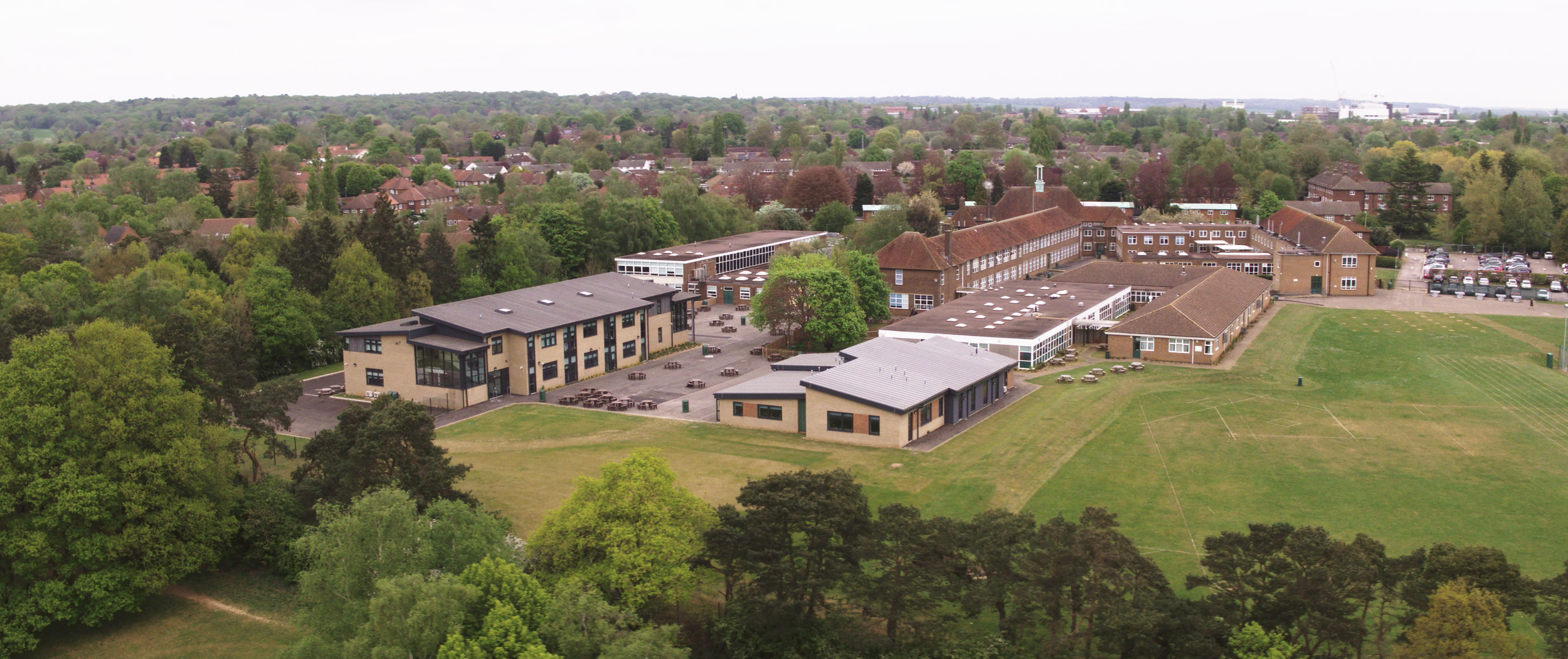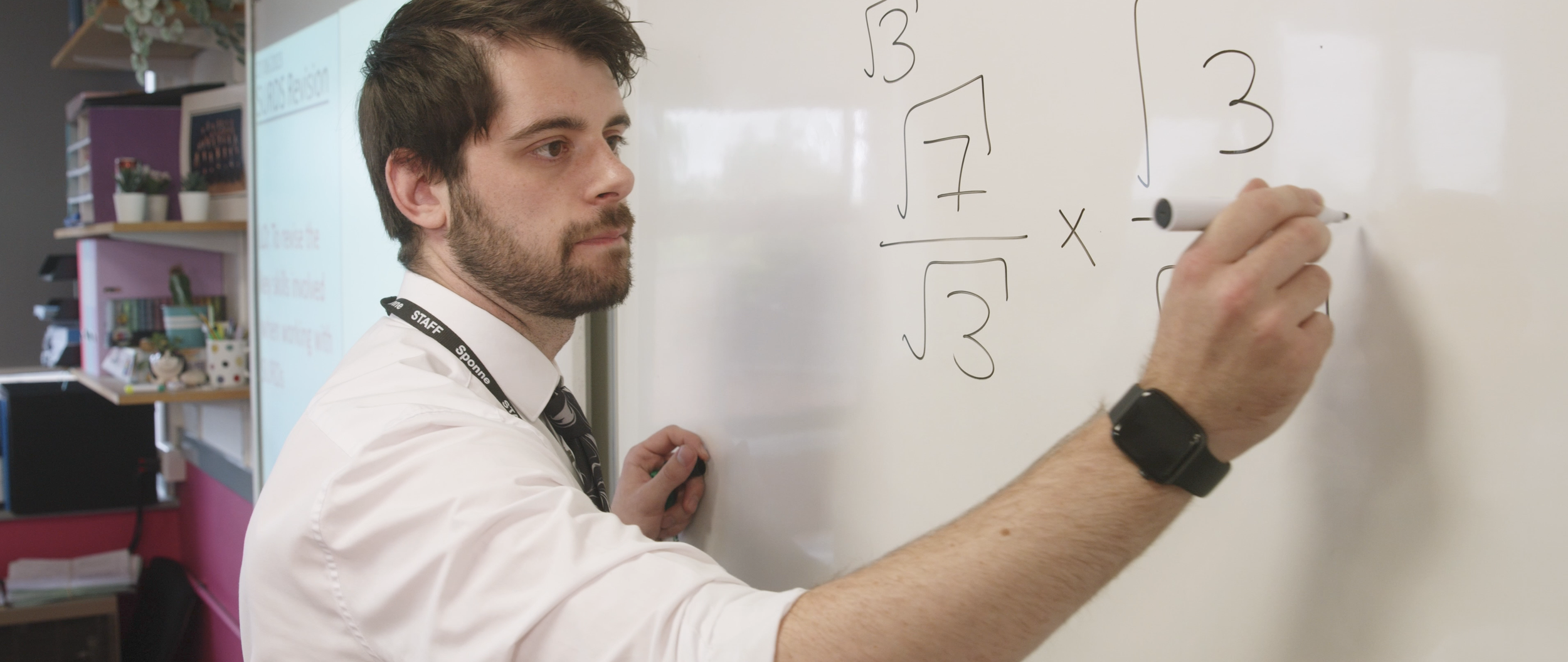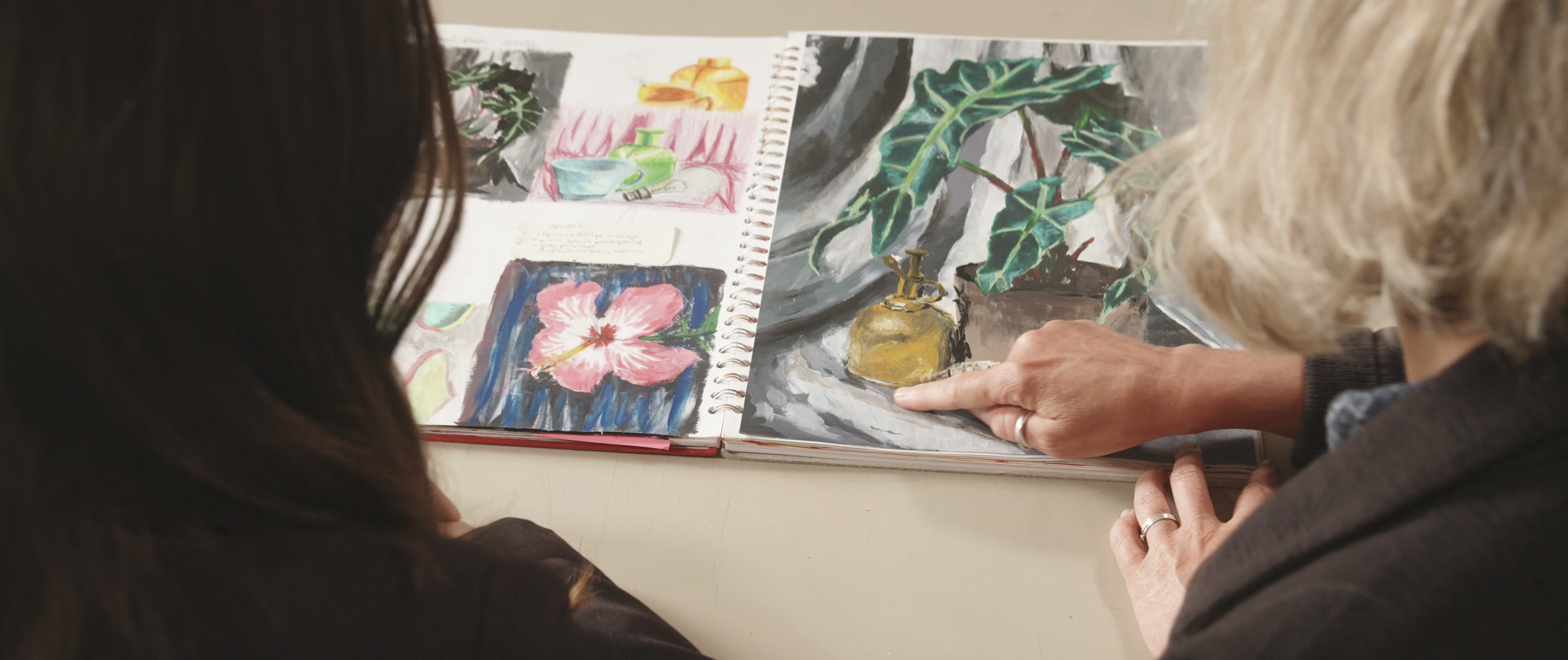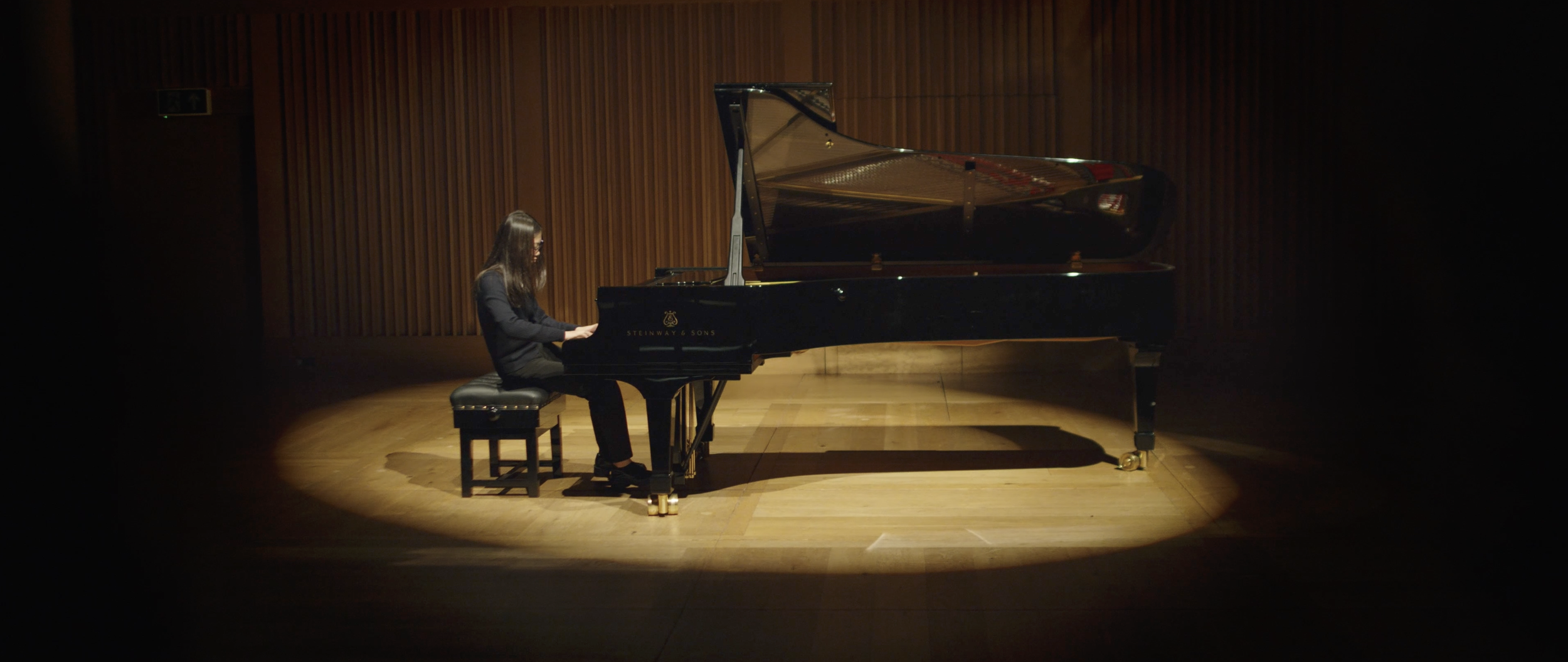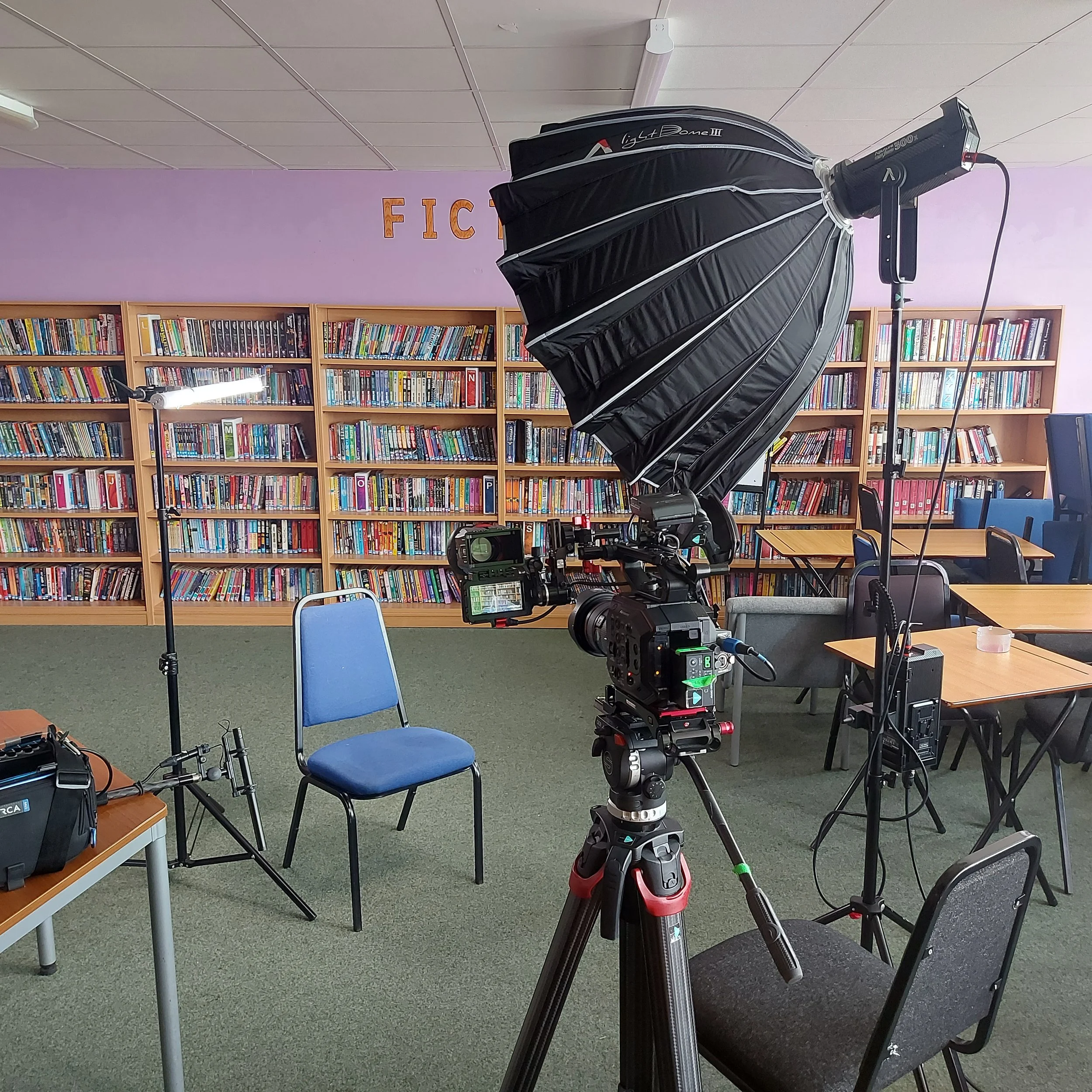A Day in the Life: Filming an Unscripted School Promo
A single shooter doesn’t suffice for a high end brief
Video production is an exhilarating industry to work in, there’s no doubt about it. Although social media is quick to highlight the more glamorous aspects of it (working with cool kit, going to stunning locations, meeting famous people etc.) it’s also a serious business. And as with any role in any industry, there are highs, lows and at times, moments of surprising mundanity!
So, if you’ve ever wondered what life’s really like for those working in this industry day-to-day then in this series of articles, I’ll be sharing what goes on behind the scenes from my perspective as a cameraman (sometimes referred to as a videographer or DP, depending on the project). I’ll show my thought process, the sorts of challenges that arise and how they’re overcome, with the end goal of meeting our client’s brief and delivering the highest quality product possible.
**All the examples in this post are courtesy of MCN Productions, whose work can be viewed here. **
Project: School promotional, 3-man crew, 1 day shoot
Location: Greater London
Brief: High end promo for school website, unscripted, 3-4 minutes. Showcasing range of subjects, an inclusive environment and high achieving pupils.
Production company: MCN Productions
Call time: 7.45am onsite, 8.15am pupils arrive
Prep for a 1-day school promo starts several days, if not weeks ahead of the shoot. Because of the high-end nature to the brief, a self-shooter will not suffice and therefore the crew is made up of a Producer/Director, a DOP and a sound recordist. The Producer speaks to the school ahead of time about key messages and scheduling, so the DOP won’t be involved until a day or two before the shoot. The 2 main considerations for them will be the kit list and travel plans.
Some of the kit needed. Lots of batteries to get us through the day!
Kit list:
High end promos such as this require a different approach to kit, rather than a solo camera operator at a conference , for example. The emphasis is on quality, so the DOP will be solely focused on capturing the best visuals possible, without having to worry about sound. However, due to the nature of filming in schools, schedules can be extremely tight, so there must be a good balance of quality and portability.
Opting for a shoulder mounted setup with optical viewfinder for speed and comfort
Going by the ever-important checklist, kit wise we’ll need the camera shooting in 4K with LOG gamma for higher dynamic range when grading, a couple of high-quality lenses (a general zoom and a super wide for establishing shots), tripod and a few lights (each one’s use will be explained later). To save time in the morning, I format the cards and build the camera as much as possible, but so it still fits in the bag. Because I’ll be shooting both indoors and out, I opt for the viewfinder and set it up for a shoulder mounted configuration.
Travel plans:
Okay, so this may be the one part of the day that is typical of ALL shoots - a horrendously early alarm!
Driving is essential for many reasons: lots of bags, multiple crew, an early call time and a suburb location. As always, we plan to arrive early to allow for any delays (and the M25 is horrendous at the best of times). We really can’t be late because we’ll need to capture footage of students arriving at school, and there’s no second chance!
Batteries charged and 4.30am alarm set!
Arrival at school:
Using radio mics to making syncing easier and have no trailing cables!
As to be expected, there was severe early morning congestion on the way up. The extra time allowed meant we arrived 10 minutes early, and just about managed to grab a coffee en route. Phew! We sign in at reception, unload the bags and setup using the headteacher’s office as a base for the day.
Shooting in LOG requires a slightly different approach to exposure than regular video gamma, and I set its black balance before shooting to help keep noise at bay. The sound recordist will also be following us around for the day, capturing ambience and foley that will be mixed into the final edit. Although he uses a boom mic and records externally, he uses a radio mic pair to feed it directly into the camera, rather than having to rely on timecode jamming or syncing up manually when we go into post production.
Students arrive & GVs:
Time to shoot! For this, and some other activities throughout the day, we opt for slow motion, meaning that sound won’t be synced. The main challenges here are capturing students who look happy as they come into school, but without them looking into the camera! Appearance is important too, so we have someone from the school on hand checking for incorrect uniform, anyone who doesn’t have permission to be filmed and the like.
Throughout the course of the day, we aim to be a ‘fly on the wall’ for realism. However, in practice this isn’t always the most aesthetically pleasing. So, in certain situations the Producer intervenes and sets up a scene, with the intention of going for high quality whilst still looking authentic. As we’re outside, an example would be getting a couple of angles of students walking in, smiling. We may track back from them on a mid-shot, with someone spotting me so I don’t fall over and capture a reverse following them in, seeing a teacher greeting them. We usually only get 1 or 2 takes of these, so framing, focus and pacing all must be spot on!
If a lot of students have had permission withdrawn for filming, then almost every scene will be staged, although this isn’t ideal because classrooms can look half empty if we’re not careful.
Finally, before we head into capture the classes, we’ll get a few GVs (general view shots) of the school showing the buildings, signage, and any other nice features such as greenery. If it’s overcast, we may return to this later should the sun come out.
Academic classes:
Because we never know what you’re going to get when filming in a school, we bring a portable LED light panel with us to brighten up the darkest rooms and offer more flattering lighting to subjects in mediums and close ups, often balancing it with the available light. We’ll enter a room, assess what’s going on in the lesson and what would look good, then rearrange students, staff, and furniture where necessary, always keeping an eye on the time.
Shooting in full speed for sound, a typical sequence would involve a teacher sitting down with a pupil as they’re going through some work together. I’ll capture this on a wide, often tracking towards them handheld, hold it for a few seconds and then get other coverage such as over-the-shoulder shots and close ups of each person, so we have an interesting sequence. We must be conscious of the 180-degree rule here, much like in narrative, otherwise it won’t cut. Smiles, engagement and laughing cannot be emphasised enough here, so we often tell some cheesy jokes! The sound recordist will capture their conversation, along with foley and atmosphere in each room to be mixed into the final edit. This helps viewers to become more immersed as they watch and generally provides a higher end feel to the video as a whole.
Students engaged in their learning really helps to sell the shot and the school! From Stanborough School Promo
Smiling faces always look good! From Rushden academy promo.
The key for academic subjects is to capture them in the most visual way possible. From Sponne School Promo
Typical coverage for a scene at a desk might include a wide, a close up of student and teacher and an over-the-shoulder shot of work being done. From Sponne School Promo
Sports, science & extracurricular:
Certain subjects lend themselves more to slow motion: science experiments with dramatic explosions and the class looking on in amazement always look fantastic captured this way! And a footballer taking a shot on goal whilst the goalkeeper dives or a swimmer doing front crawl, also work well. However, when shooting in half speed, we lose a stop of light, so it’s important that we allow for this and add a bit of additional light if needed.
Each activity - much like the academic sequences - relies on getting good coverage, so rather than just shooting a bunch of random images, the shots cut together into a logical and seamless sequence. This helps to make it high end.
Practical lessons and experiments always make for great b-roll! From Sponne School Promo
A good balance between close ups, mids and wides makes for a dynamic edit. From Chiswick School Promo
Extracurricular activities are both visually interesting and also help the school stand out. From Wells Cathedral School
High contrast for a more cinematic feel. From Wells Cathedral School
Interviews:
Libraries are great places to film interviews in schools because they're quiet and visually appealling
By the end of the day after following this format, and hopefully stopping for a bite at lunch (school dinners aren’t as good as I remember!), we’ve usually ended up with a lot of excellent b-roll. However, because it is unscripted, we still need the interviews to piece it all together. So, we move into a quiet, picturesque space such as a library and setup for this.
The final image, from Huxlow Academy Promo. Just the right amount of contrast for our subject to pop out and still see some detail in the background
I ditch the portable LED panel and instead setup a large softbox with a tube light acting as a ¾ backlight, although often angled horizontally to double up as a hair light too. This setup helps subjects look flattering in soft light, whilst ensuring they jump out from the background, which is as out of focus as I can reasonably get, and a couple or more stops under the key light. If I can get away with opening the lens up to f2.8 and using a couple of stops of ND in-camera, I will. However, as we don’t usually have time to light the background this depends on how much available light there is. A very dark background might not suit the tone of the video, despite its cinematic quality.
When the subjects are ready, they sit down and look to the Producer, just slightly off from the camera for a good eyeline. They are armed with the key messages and a list of questions tailored to get the contributions we need, but in their own words. A typical shoot would involve interviewing the headteacher, a couple of other senior members of staff, some students and sometimes a parent! Because it can be a bit intimidating with the lights and crew, we’ll make the environment as comfortable as possible so subjects can relax. We hit record and leave it rolling until we’re certain we have everything in the can.
Much like when recording interviews at events we try to get subjects to give context to their answers, although working with children means this isn’t always easy. So, we’re always listening out for cutting points and will occasionally ask them to rephrase answers so we know we can definitely use their contributions in the edit. Concise answers are usually best again, although we find with school promos the preferred duration is 3-4 minutes in total so prospective students and parents can have a bit more information about a school they are considering applying to.
4.30pm: That’s a wrap!
Time to pack and back on the road. Hopefully there are no travel issues and we’re home between 7 and 8pm. Phew! Another long day.
Before editing can commence, the footage gets backed up to 2 hard drives and is logged on the production company’s internal dashboard for future reference. On many occasions schools have come back to us asking for re-edits, so keeping on top of footage and project files is crucial for a smooth editing experience and to continue offering such a service. Finally, if I’m making a prompt start, I’ll queue up proxy files (lower res, edit friendly files) overnight so I can get to work editing first thing the next morning.
I hope you found this interesting and thanks for reading.
You can find out more about other types of shoots below:

